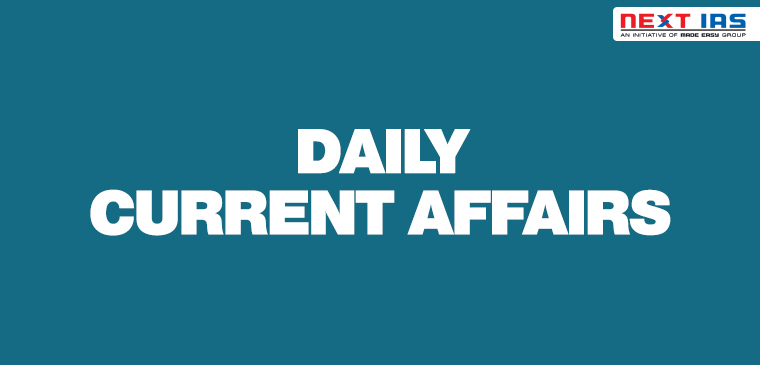
In News
A high-level committee has been formed for wider consultations on the creation of integrated tri-service theatre commands.
About
- The panel includes the Vice-Chiefs of the three services, the Chief of Integrated Defence Staff to the Chairman, Chiefs of Staff Committee, and representatives from Ministries such as Home Affairs, Finance and Law.
- Some aspects like bringing in paramilitary forces, which are under the Home Ministry, under the purview of the theatre commands and financial implications that may arise in the process of integration has necessitated the move.
- Mandate: The committee will examine all issues and find a way forward before a formal note on their creation is sent to the Cabinet Committee on Security.
- The issue is about fine-tuning the proposals and forming a consensus on the integrated tri-service theatre commands.
Integrated Theatre Command(Theaterisation)
- The idea of Theatre Command was suggested in the reports of the military reforms committee – under Lt General (retd.) DB Shekatkar.
- It recommended the creation of 3 integrated theatre commands: northern for the China border, western for the Pakistan border and southern for the maritime role.
- It enables the pooling of resources of all three services under a single commander, towards securing a particular geographical area.
- A theatre will be identified on the basis of its sharing of a contiguous geographical boundary with a competing entity or an adversary.
- The geographical area must also include adjoining seas and space that may be essential for manoeuvre of own forces to address the threatening entity/adversary and also its geographically contiguous collaborators.
- The commander of a Theatre Command will not be answerable to individual Service in particular and will have all resources from the Tri-Services at his disposal.
- The integrated theatre commander will be free to train, equip and exercise his command to make it a cohesive fighting force capable of achieving designated goals.
- The commander will have all the logistic resources required to support his operations at his disposal.
Advantages
- Equipment can be procured, maintained and pre-positioned for quick mobilisation and apt application during the envisaged, short-duration, high-intensity war.
- The allocation of military hardware, in terms of weapon systems, command, control and communication equipment and combat support elements will be theatre specific and result in optimisation of the resources.
- Unified command of the three Services under one designated commander will allow for prompt and precise decision making and will remove unnecessary tri-services one-man-up ships.
- Hence, it goes without saying, that the theatre commands will afford better coordination, intelligence sharing, apt advice and seamless conduct of operations in a given theatre of operation.
Challenges
- At the strategic and tactical levels there could be some challenges, like the distribution of certain specialised resources which are held in limited numbers, e.g. multi-role combat aircraft, command, control and communication equipment, early warning assets, etc.
- Division of such meagre resources will reduce combat efficiency at the point of decision. Alternately, these resources will have to be replicated for each theatre command. The cost of the same will be prohibitive, especially when the country is going through trying economic times.
- Besides, interoperability of troops and equipment from dormant sectors to the active areas during war will be difficult and less effective because they would have been trained and equipped specifically to their primary sector of responsibility.
- Another serious challenge that could be faced is that the concept of a theatre command may promote a sense of “fighting battles, rather than fighting a war”, which in turn may reduce our ability to either win a battle or the war.
Current Command Structure in India
- The current structure of the armed forces includes 17 different commands. The Army and Airforce have 7 Commands each and 3 commands are headed by the Navy. Under the Army, the commands are the Northern, Southern, Eastern, Western, Central, Southwestern, Central and Maintenance and Training. The Navy is divided into Western, Eastern and Southern commands.
- Each command is headed by a 4-star rank military officer.
- India only has two tri-service commands. The first one is known as the Andaman and Nicobar Command (ANC) and was created in 2001. It is led by service chiefs on a rotational basis.
- The second is a functional command (not overseeing a particular geographical location) called the Strategic Forces Command established in 2006.
|
Chief of Defense Staff
Roles and responsibilities
|
Source: TH
Previous article
Inland Vessels Bill, 2021
Next article
Facts in News


